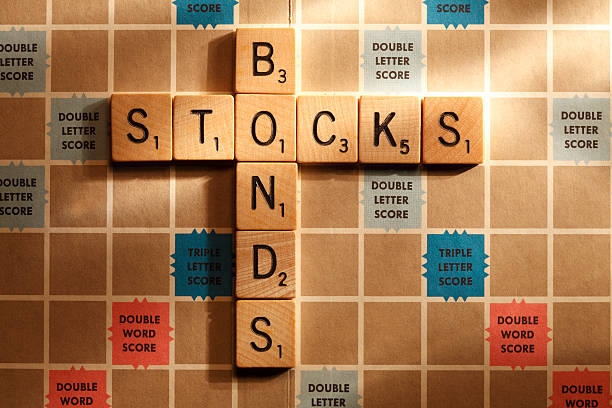The US bonds extended their rally, as one of the Federal Reserve’s (Fed) most hawkish members, Christopher Waller, said in a speech named ‘Something appears to be giving’ that he is ‘increasingly confident that policy is currently well positioned to slow the economy and get inflation back to 2%’. The Chicago Fed President said that the slowdown in inflation has been the biggest such drop in 71 years, while NY Fed President John Williams said that the decline was indeed encouraging. No one mentioned the falling yields, and the possibility that it could be a challenge for the Fed’s tightening. So the dovish comments from the Fed members sent the US 2-year yield below this month’s critical support of 4.80%. The 2-year yield has slipped below 4.70% this morning. The 10-year yield fell below 4.30%. The dollar index tumbled to the lowest levels since August, as gold rallied past the $2050 level this morning on the back of a broadly softer US dollar and tumbling US yields – which decrease the opportunity cost of holding the non-interest-bearing gold and makes gold more attractive to hold.
The US dollar’s selloff also echoed across the global FX markets. The EURUSD traded above the 1.10 psychological level this morning, Cable hit 1.27, and the USDJPY tipped a toe below the 147 level and below its 100-DMA.
Note that we have a few technical levels across currencies and commodities that are being tested as a result of a significant meltdown in the US yields – which are the most popular indication of the safe rate on which investors could build their risk/return models. And when the yields go down, investors accept lower return, or higher risk elsewhere.
Elsewhere is everywhere: options in Gamestop see wild volumes in recent days, it appears that investors expect the stock to rally by 50% in little more than a week from now. Most positions have recently been opened and small, meaning that the market optimism now vacuum retail traders in – and it’s the ultimate signal that the rally is overstretched. At the current levels, the US bonds are approaching overbought market, the US dollar has stepped into the oversold territory, gold is overbought, the euro and the pound are overbought against the dollar, and the S&P500 – which barely gained amid yesterday’s bond rally – is also in the oversold territory. The RSI indicators across most asset classes are screaming that it’s time for correction. Fundamentally, the only thing that could push the US yields lower from the current levels is increased evidence that the US economy is going to experience a hard landing – which would then justify the actual market pricing that the Fed will cut the rates by 100bp next year.
Other than the Fed
Many central bankers from around the world also spoke in an event in HK this week, and their assessment of monetary policies was less – say – optimistic than their Fed peers. The European Central Bank’s (ECB) Joachim Nagel for example repeated that it’s premature to even talk about rate cuts in Europe as there is certainly a ‘bumpy road ahead’ for inflation on the old continent. A policymaker at the Bank of England (BoE) warned that the services inflation in the UK remains sticky and that inflation becomes more ‘home-grown’ and will be challenging to squeeze out of the system, Reserve Bank of Australia’s (RBA) Michelle Bullock had also mentioned the same thing less week. And the Reserve Bank of New Zealand (RBNZ) kept the rates unchanged today – as expected – but repeated that the policy will remain restrictive for some time to tame inflation.
Globally, we see a growing divergence between the Fed members – which sound more dovish than in the previous weeks – and the other major central bankers – which maintain their hawkish stance regarding their rate policy. But the US economy is in a stronger position to withstand higher rates than the European economies, and inflation in the US could prove to be ‘volatile’ in the next quarters. Therefore, the selloff in the US dollar seems overstretched, and correction is certainly on the menu for December.
Data-wise, have a look at the latest US GDP update today and at the latest European inflation updates between today and tomorrow. The US GDP data is expected to confirm a nearly 5% growth in Q3 with an amazing 4% growth on consumer spending and inflation in Europe is expected to continue to ease. Keep in mind that a robust US growth is positive for the USD, and softening inflation is negative for the euro.
In energy, US crude rebounded past $76pb, but gains remain timid as the latest news suggest that Angola and Nigeria continue to resist to Saudi’s demand for a joint effort to reduce supply and that there is a chance that the OPEC meeting, which is rescheduled to tomorrow, could be delayed again. Any further delay could trigger another selloff in oil prices in the second half of this week.
